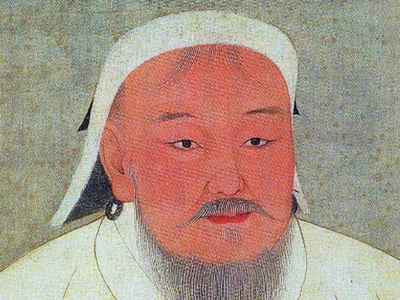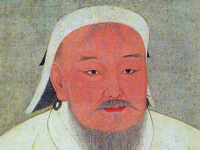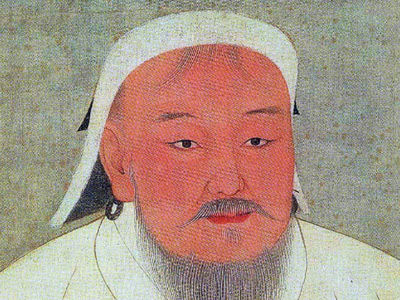Genghis Khan (1162-1227)

Uniting the Mongol Confederations
In the early 13th century, the Central Asian plateau north of China was divided into several tribes of confederation, including Naimans, Merkits, Tatars, Khamag Mongols, and Keraites, that were all prominent and often unfriendly toward each other, as evidenced by random raids, revenge attacks, and plundering.
Early Attempts at Power
Temüjin began his ascent to power by offering himself as an ally (or, according to other sources, a vassal) to his father's anda (sworn brother or blood brother) Toghrul, who was Khan of the Keraites, and is better known by the Chinese title "Wang Khan", which the Jurchen Jin dynasty granted him in 1197. This relationship was first reinforced when Börte was captured by the Merkits. Temüjin turned to Toghrul for support, and Toghrul offered 20,000 of his Keraite warriors and suggested that Temüjin involve his childhood friend Jamukha, who had himself become Khan of his own tribe, the Jadaran.
Although the campaign recaptured Börte and utterly defeated the Merkits, it also paved the way for the split between Temüjin and Jamukha. Before this, they were blood brothers vowing to remain eternally faithful.
HISTORY

RESOURCES
This article uses material from the Wikipedia article "Genghis Khan (1162-1227)", which is released under the Creative Commons Attribution-Share-Alike License 3.0.
© Stories Preschool. All Rights Reserved.








